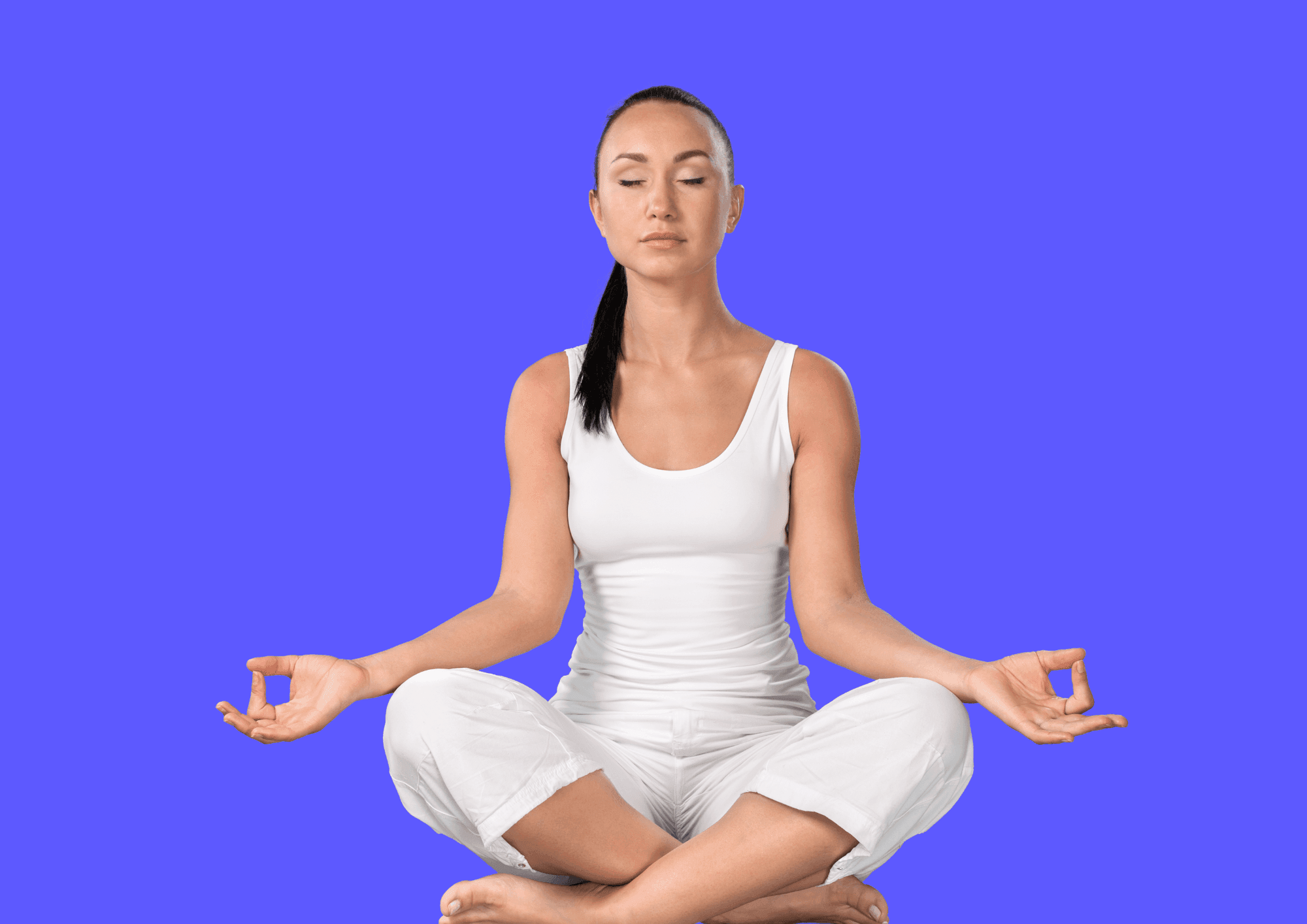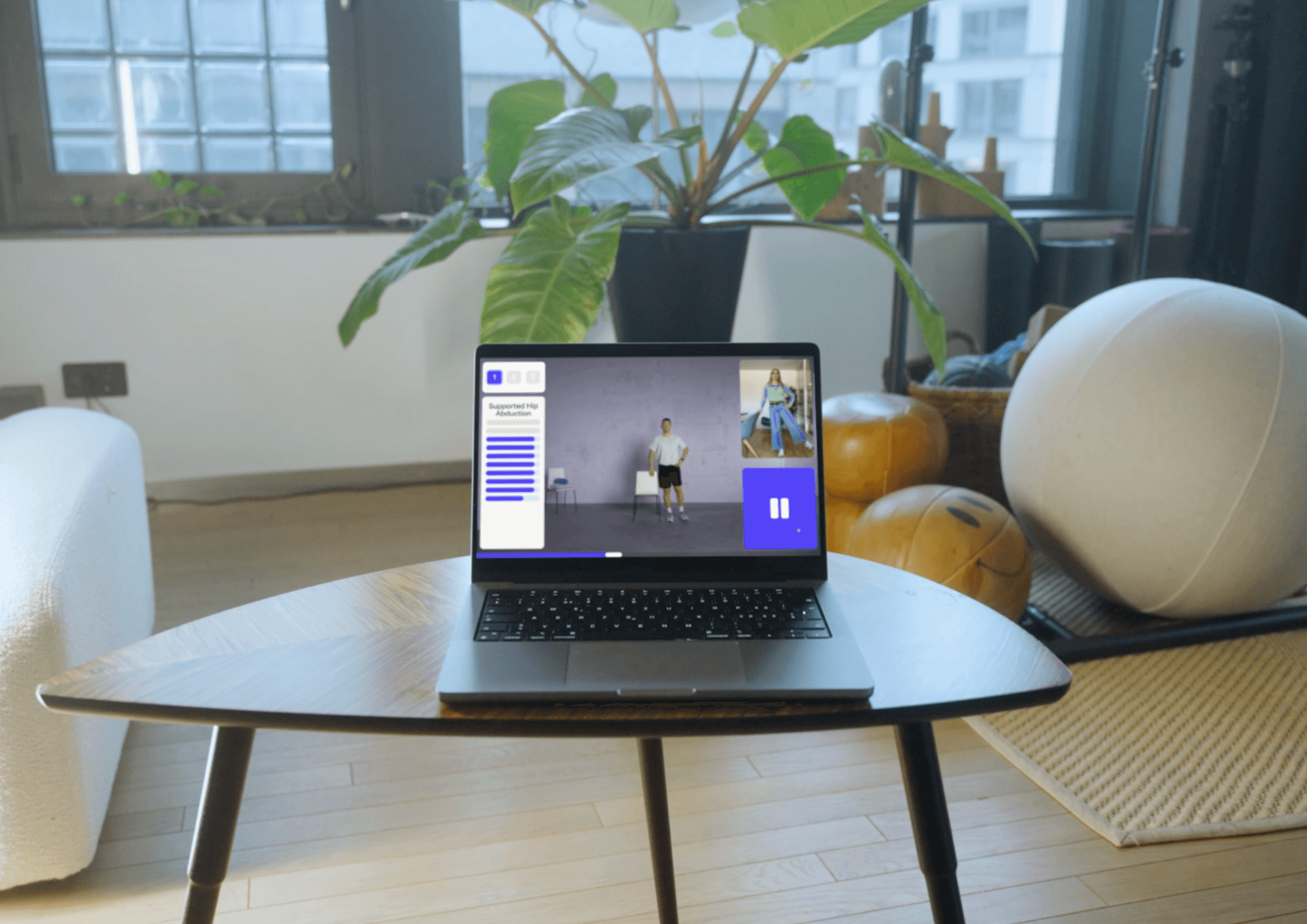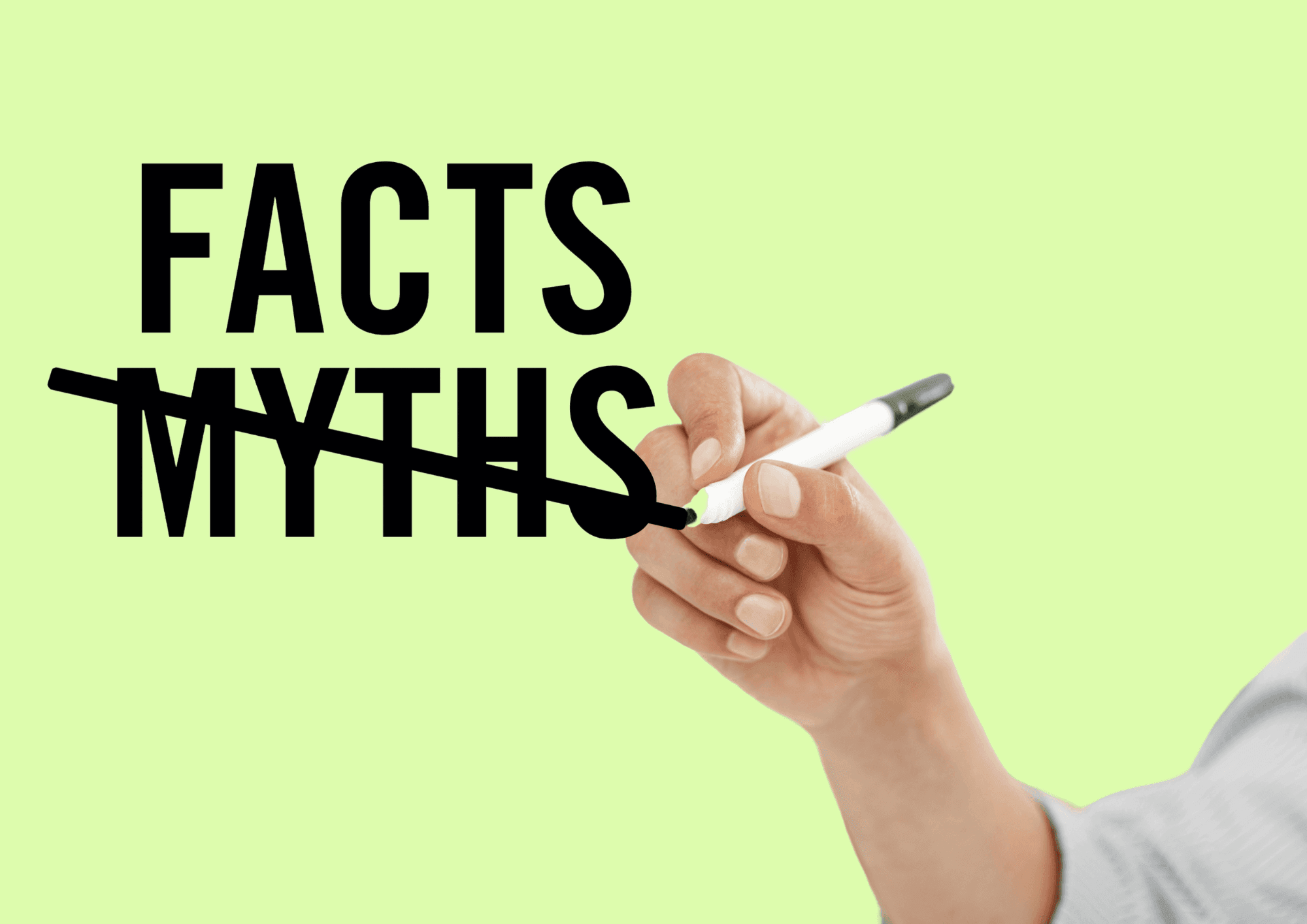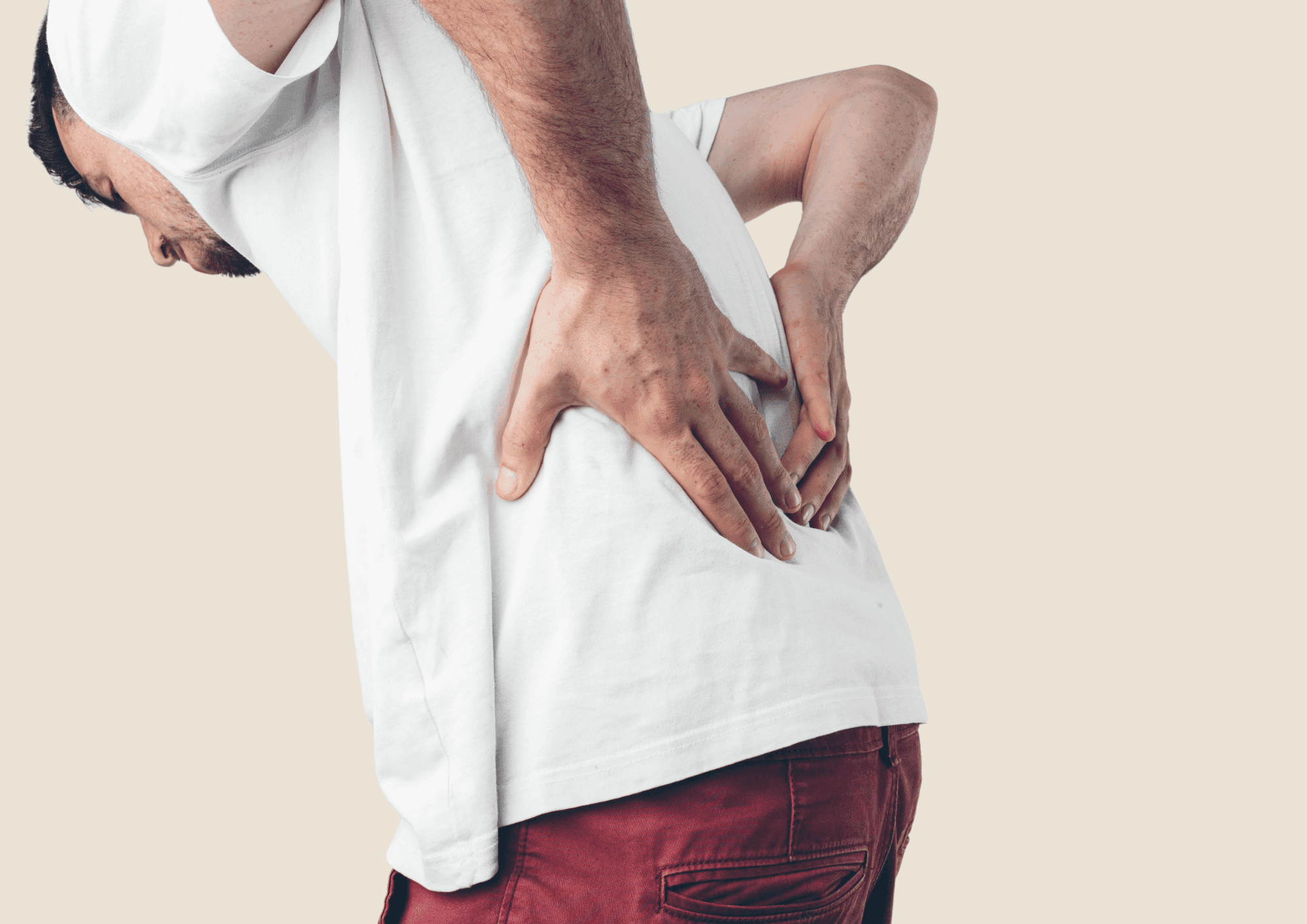In today's fast-paced world, stress is a constant companion for many. It can significantly affect our health and quality of life, manifesting as chronic tension, anxiety, and even physical ailments and illness. Mindfulness Based Stress Reduction (MBSR) offers a structured method for better managing the stressors of everyday life and helping to treat or prevent their effects on health. The MBSR method is based on traditional types of meditation, but omits spiritual elements - its effectiveness has been scientifically proven.
What is MBSR?
MBSR stands for Mindfulness Based Stress Reduction and describes a mindfulness meditation that can counteract various symptoms. In doing so, the practice has a non-specific effect on the psychosomatic state of health. The possibilities offered by mindfulness meditation are extremely diverse: the focus is on approaches to stress reduction, emotion regulation, and improved concentration. Research and clinical experience have shown that MBSR can effectively treat a variety of stress-related conditions, including anxiety disorders and panic attacks, depression, and chronic pain. MBSR is also said to provide relief from common infectious diseases, skin conditions, sleep disorders, migraines, and gastrointestinal disorders.
How does an MBSR course work?
Typically, MBSR (according to Dr. Jon Kabat-Zinn) is carried out as part of a nine-part therapy program, each with two-and-a-half-hour group sessions and a concluding practice day. It is envisioned that the practitioner will engage in an additional 45 minutes of practice daily. The ultimate goal is to take the effect of the course into daily life and continue to practice mindfulness.
The following parts of the program, in summary, make up mindfulness training:
- performing a mindful body awareness (the so-called "body scan")
- performing the so-called sitting meditation (see also: "Zazen")
- practicing slow movements, for example in the form of the traditional walking meditation (the so-called "Kinhin")
- performing various yoga postures (for example "Asana")
- and last but not least: the maintenance of the newly gained mindfulness in everyday activities.
Creating a non-judgmental relationship to sensations
The individual elements of mindful body awareness were derived from various methods already in use - yoga, for example, originates from the Hindu tradition, while sitting meditation and walking meditation can be traced back to Buddhist meditation practice. According to psychotherapist Luise Reddemann, the main principle of any mindfulness practice is to accept the body sensations, sensory perceptions, thoughts or emotions present in the moment in a non-judgmental way and let them pass by.

What is the history of MBSR?
In its early years, mindfulness meditation was not recognized in Western medicine. The approach of Mindfulness Based Stress Reduction was developed in 1979 by molecular biologist Jon Kabat-Zinn at the University of Massachusetts Hospital (USA). Thanks to this platform, the meditation technique was introduced in clinical settings, which eventually marked the turning point for the recognition of mindfulness in today's healthcare. The practice is now offered with great success at many clinics and social and educational institutions within the U.S. and increasingly in Europe.
Jon Kabat-Zinn founded the renowned Stress Reduction Clinic, where he taught MBSR meditation. In 1990 he published the first version of his work "Full Catastrophe Living". In addition to describing how MBSR works and the background of MBSR, Kabat-Zinn describes scientific research demonstrating the medical benefits of MBSR and presents the then-new approach of mind-body medicine, which emphasizes the profound connections between physical and mental health. The book has been called "one of the great classics of mind-body medicine" by Kabat-Zinn's peers and is considered a landmark in the development of the mindfulness movement in the United States as well as internationally.
Benefits of Mindfulness Based Stress Reduction training
- Increased cognitive performance
- Increased emotional stability
- Physiological benefits such as pain reduction
- Increased self-awareness
- Increase in positive thoughts (evidenced by increased brain activation in regions associated with positive thoughts and moods)
- Increased ability to concentrate
- Increased empathy
- Decreased blood pressure and pulse rate
- Improved ability to think without judgment
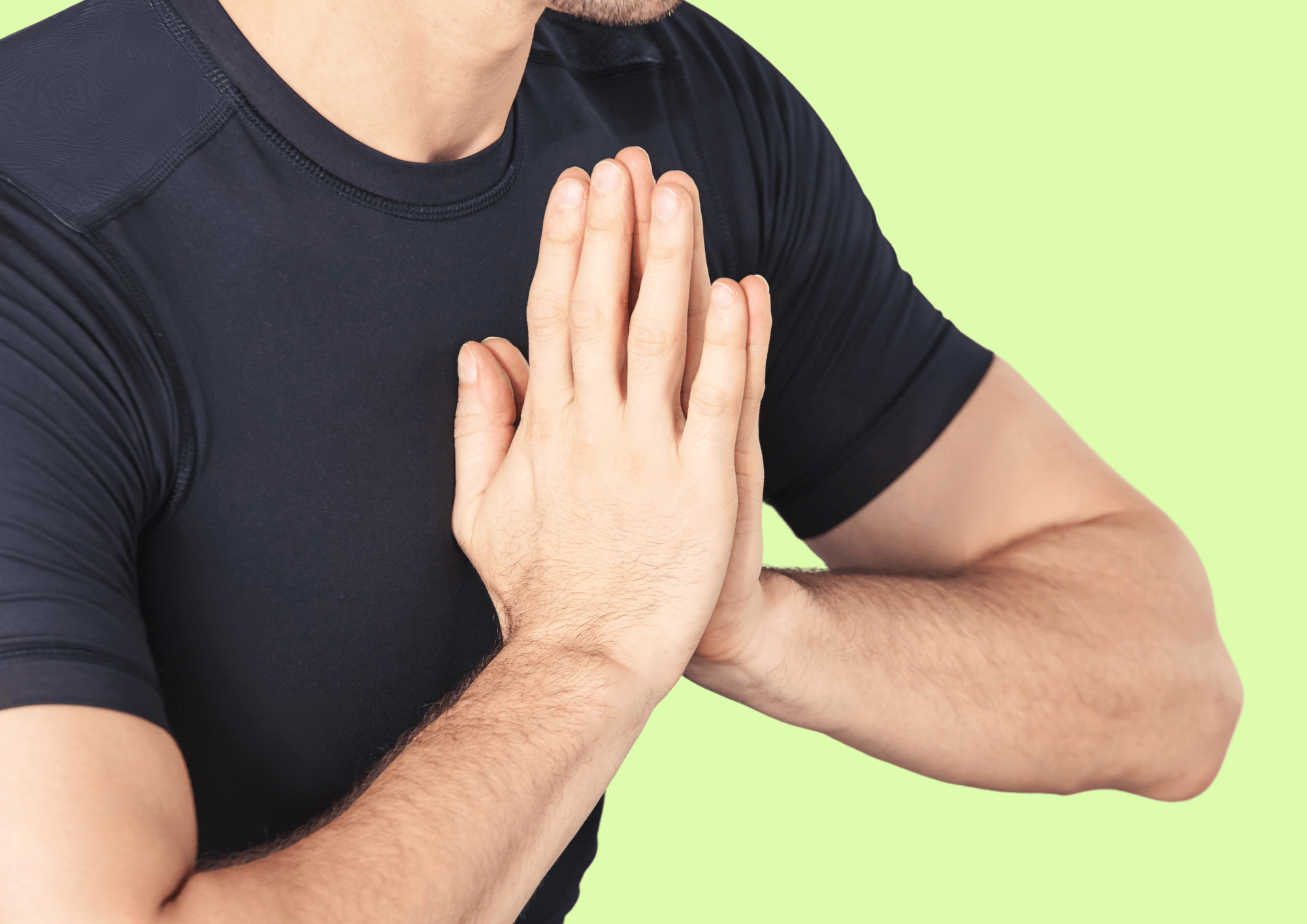
This is what science says about MBSR
Various scientific studies have comprehensively demonstrated the effectiveness of MBSR for improving mental and physical well-being. In doing so, they have not only demonstrated the effectiveness of MBSR, but also shed light on the underlying mechanisms and processes that make MBSR a transformative practice.
1. Stress reduction and quality of life:
Study: Rosenzweig, S., Reibel, D. K., Greeson, J. M., Edman, J. S., Jasser, S. A., McMeekin, A. B., ... Mindfulness-Based Stress Reduction Lowers Psychological Distress In Medical Students.
Results: The study found that MBSR resulted in significant reductions in stress and anxiety symptoms in participants. Improvements in quality of life and overall well-being were also noted.
2. MBSR for chronic pain:
Study: Morone, N. E., Greco, C. M., & Weiner, D. K. (2008). Mindfulness meditation for the treatment of chronic low back pain in older adults: A randomized controlled pilot study.
Results: This study showed that MBSR techniques can significantly reduce pain intensity in older adults with chronic low back pain.
3. MBSR and anxiety disorders:
Study: Hofmann, S. G., Asnaani, A., Vonk, I. J., Sawyer, A. T., & Fang, A. (2012). The efficacy of cognitive behavioral therapy: A review of meta-analyses.
Results: This meta-analysis of studies found that MBSR combined with cognitive behavioral therapy (CBT) can significantly increase efficacy in the treatment of anxiety disorders.
4. MBSR and the immune system:
Study: Rosenkranz, M. A., Davidson, R. J., Maccoon, D. G., Sheridan, J. F., Kalin, N. H., & Lutz, A. (2013). A comparison of mindfulness-based stress reduction and an active control in modulation of neurogenic inflammation.
Results: This study examined the effect of MBSR on neurogenic inflammation and found that MBSR actually had a stronger anti-inflammatory effect than the control group.
5. MBSR for depression:
Study: Kuyken, W., Hayes, R., Barrett, B., Byng, R., Dalgleish, T., Kessler, D., ... & Byford, S. (2015). Effectiveness and cost-effectiveness of mindfulness-based cognitive therapy compared with maintenance antidepressant treatment in the prevention of depressive relapse or recurrence (PREVENT): a randomised controlled trial.
Results: This study showed that MBSR, especially when combined with cognitive therapy, significantly reduced the relapse rate of depression in patients.
These studies are only a sample of the extensive research literature on MBSR. They illustrate that MBSR can be a valuable method for managing stress and improving health. However, it is important to note that individual results may vary.
Who needs MBSR?
MBSR is most suitable for individuals with the following characteristics:
- Illness
- Fatigue
- Chronic headaches
- Depression
- Gastrointestinal disorders
- Chronic pain (e.g. of the musculoskeletal system)
- Anxiety and panic
- Sleep disorders
- High blood pressure
- Stress - professional, familial or financial
- Individuals who wish to prevent the aforementioned conditions or practice self-care.
Note: MBCT (Mindfulness Based Cognitive Therapy), a specific evolution of MBSR, is recommended for the prevention of episodic depression and burnout. Numerous clinics, specialized doctors and psychotherapists recommend MBCT as a supportive way to prevent relapse.
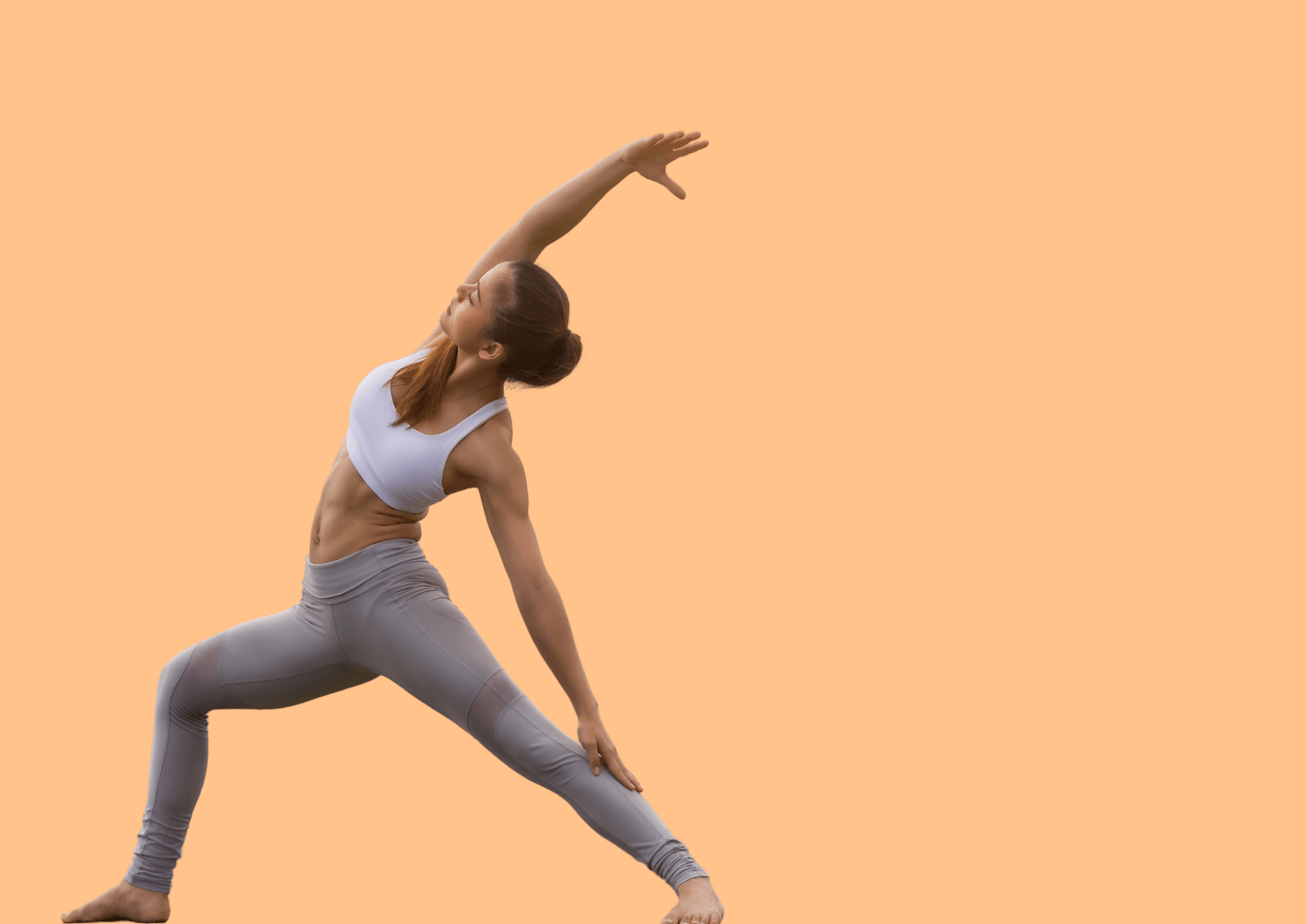
How to integrate MBSR easily and successfully into your daily life
In order to successfully integrate MBSR into your daily life, you need to proceed gradually and patiently. Below are some tips to help you integrate this valuable practice into your daily life:
1. Start slowly:
Simplicity is the key. Start with short mindfulness exercises. Sit for just five minutes, focusing on your breath and observing your thoughts. Over time, you can increase the duration. The beauty of MBSR is that it works in small steps.
2. Establish a routine:
Establish set times for your mindfulness practice. Early morning is a popular time to start your day quietly. However, you can also consider taking a break in the middle of the day or a session before bed. Consistency will help you make the practice a habit.
3. Mindfulness in everyday life:
MBSR goes beyond meditation. It's about integrating mindfulness into everyday activities. For example, when you eat, you consciously focus on the smell, taste, and texture of your meal. When you go for a walk, feel the ground under your feet, notice your movements, and pay attention to your surroundings.
4. Use mindfulness apps:
There are many apps that offer guided mindfulness exercises. These can be especially helpful if you're just getting started with MBSR. Apps like Headspace, Calm, and Insight Timer offer a wide range of meditations and mindfulness exercises.
5. Find a mindfulness group:
Participating in a mindfulness group or MBSR class can be very motivating. In such groups, you can share experiences, receive support, and practice together.
6. Be patient:
It is important to understand that mindfulness is not learned overnight. It is a continuous journey, and it is normal to digress from time to time. Be patient with yourself and accept your thoughts without judging yourself.
7. Keep a mindfulness journal:
Keeping a journal can help track your progress and deepen your mindfulness practice. Jot down your experiences, thoughts, and feelings. This can help make your practice more intentional and effective.
Integrating MBSR into your daily life takes time and commitment. However, it is a rewarding journey that can enrich your life in many ways. The ability to consciously experience the present moment will help you reduce stress, focus on what's important, and create a deeper connection with yourself. Start today with these seven steps, and you'll soon experience the positive changes that mindfulness brings.

Mindfulness Based Stress Reduction with Akina
Akina is a Swiss start-up in the field of software development. Our goal is to make therapeutic movement at home more effective through our platform Akina Cloud. We are aware of the power of MBSR, which is why we integrate MBSR-based meditation sessions into our program.
What does MBSR look like at Akina?
Sessions of three to eight minutes include MBSR-based practices such as body scan, sitting meditation, and simple yoga exercises. The goal here is to complement the active movement exercises with a mind-body approach, even beyond the physical, to help manage pain.
Important: The recommendations given in this article are general in nature and are not intended to replace formal medical or psychiatric treatment. Individuals with medical problems should consult their health care provider about the appropriateness of the MBSR program and, in particular, some yoga postures, and discuss appropriate modifications relevant to their particular circumstances and conditions.
